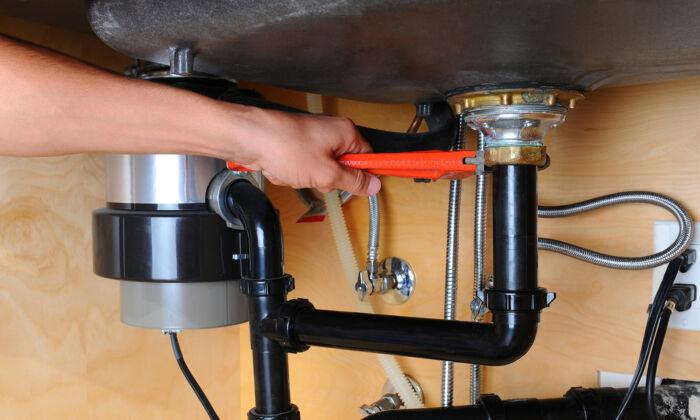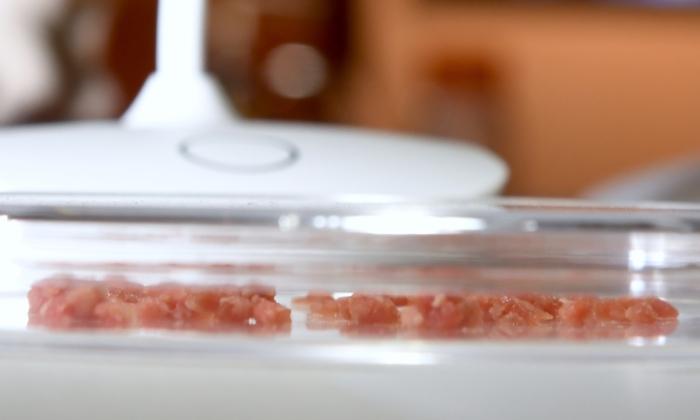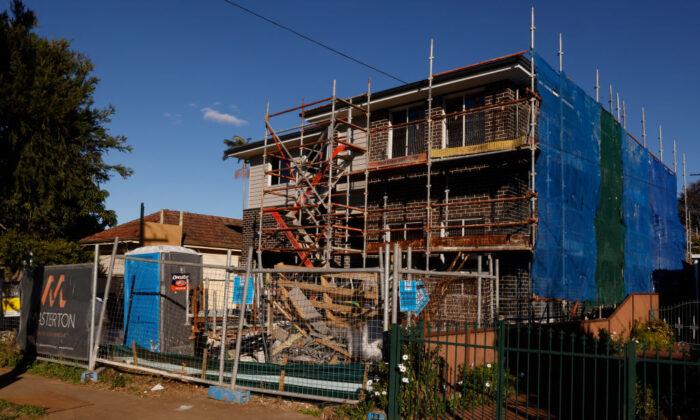Plumbing supply distributors saw increases in revenue while net earnings remained flat in fiscal 2023, reflecting the impact of higher cost of goods.
Reece said its revenue for the 12 months to June 30, 2023 rose 16 percent to $8.84 billion (US$5.72 billion) from $7.65 billion.
The company’s net profit, however, slid one percent to $388 million from $392 million, impacted by a $29 million goodwill impairment for its Metalflex business in the first half of fiscal 2023.
“Sales growth in all regions was positively influenced by product inflation compared with the prior year, whilst demand moderated,” the company said in a statement on Wednesday. It also attributed the increase in sales revenue to the strength of the U.S. dollar against the Australian dollar.
“Looking ahead, our markets are clearly softening, and customer demand trends are mixed. Our assumption is that inflation will moderate further and volumes will continue to decline,” Reece’s CEO Peter Wilson said.
Moreover, the company noted that the rebranding of its stores in the U.S. is progressing at pace.
Reliance Worldwide’s FY23 Revenue, Net Profit Up
Meanwhile, Reliance Worldwide’s annual revenue grew six percent to US$1.24 billion from US$1.17 billion.“Sales growth in all regions was driven mainly by price increases introduced to offset higher costs for some inputs and higher utilities, packaging and employee costs,” the company said in a security filing on Monday. Reliance Worldwide’s net profit rose two percent to US$139.7 million from US$137.4 million.
The company is targeting to supply lead-free products to the Australian market starting in the second half of fiscal 2024, in compliance with the Australian Building Codes Board’s implementation of the lead-free brass requirement, effective May 1, 2026. The move resulted in a one-off charge of US$1.6 million in fiscal 2023, reflecting the write-down of excess product inventories containing lead in Australia.
“The outlook for FY24 rests principally on global economic conditions, and these are expected to remain challenging albeit with some regional variation,” the company said. “New home construction activity is likely to trend lower except for the U.S. We therefore expect lower volumes in each region in FY24.”
Inflation Drags New Housing Demand
Housing Industry Association (HIA) senior economist Tom Devitt said that Australia is unlikely to see a significant recovery in new home sales in the near term, noting that Australia’s sales of new residential dwellings only increased 2.4 percent in July.“Weak new home sales, together with an elevated number of previous sales being cancelled, reinforce the expectation that Australia will see a decade-low level of home building next year. Even a cut to the cash rate now would not produce a recovery in new house commencements until the second half of 2024,” Mr. Devitt said.
“Meeting the appropriate levels of new housing for Australia’s current and future population will require changes to the other policies that inflate construction costs. These are not only interest rates, but also tax settings, land release and planning reforms, and macro-prudential rules that squeeze out owner-occupiers and investors alike.”






